20 Times Kindness Won the Argument Without Saying a Word


The future is here!!! Nah, I’m not talking about spacesuit onesies or living underground. I mean some cool stuff like teleporting, space travel, understanding your dogs, and so on. Facebook founder Mark Zuckerberg emphasized that augmented reality could teleport people to any location they wanted, whether it was for work or just having a relaxing day at the beach. With the Metaverse in play, entering a virtual room is already happening.
The Metaverse is a virtual space where people can interact and socialize with each other through technology. It will make you feel like you’re physically present in the same place as other people rather than just typing in a chat box. Imagine gaming or working remotely but having a clear view of your office at the same time. You can achieve everything you need to do at work and also save time and money you’d spend on commuting.
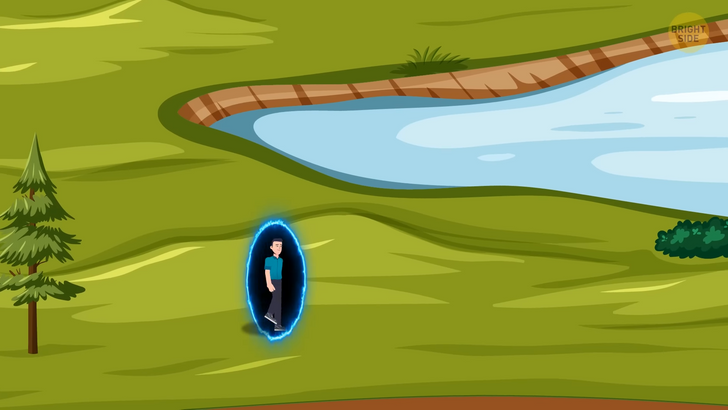
The only downside of working remotely is the lack of socialization. But being in the Metaverse will let you feel like you’re not alone. The screens will be interactive, and communicating with your coworkers, friends, and family will look cooler. Even though we are not yet there with physical teleportation, virtually, we can pin ourselves anywhere we want. Nanobots are called this way because they’re really, really tiny. These robots are designed to perform specific tasks inside the human body for medical reasons.
Once inside, they start acting on their own without the need to be controlled. Oh, and they can multiply like our cells. We’ve often heard the word nanobots tossed around in Sci-Fi movies, but it’s not that far-fetched. They’re designed to perform super-specific tasks, especially in the world of medicine. Think of them as little mini doctors inside your body that are accurate enough to diagnose the problem and prescribe treatment. Everyone will be healthier than before with these little bad boys.
Every year the population of Earth increases, the cause of which has been linked to babies. This means a higher demand for food. There’s only so much space in urban areas, so farms will soon have to be located in the most unconventional places, like skyscrapers or in the air. And “in the air” means structures that can support vegetation on platforms. A prominent architect, Javier Ponce, designed a building with 3 levels powered by solar panels on the top.
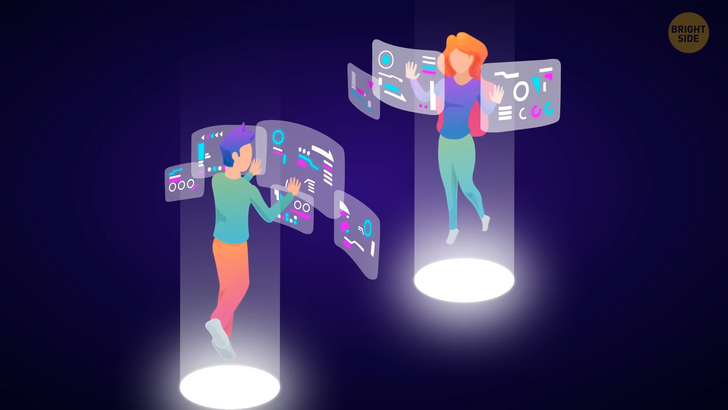
The middle layer will grow various vegetables and fruits that will get nutrients from liquid instead of soil. The remains of the plants will drop to the bottom layer to feed fish which can also be grown for food. Each structure will be large enough to support an entire city if needed. Skyscrapers can also host some mini-farms on rooftops to support neighborhoods. A lot of greenery in cities will reduce pollution and essentially lower temperatures in hot places.
What about our cute little pooches? Aww, we all love coming home to our dogs sprinting up to us and jumping around. They’re either saying, “Feed me! I’m starving!” or “Please don’t ever leave me again!” But what if we could figure out exactly what they’re saying? We’ve developed technology to understand our dogs clearer with the help of a mood collar.
You put the device on your dog, and a digital screen indicates your dog’s mood by colors. We already know that dogs speak to us or other dogs using their body language. A wagging tail is a sign of excitement or happiness. Snarling and exposed teeth mean aggression, and back off! And, of course, there’s barking. Some barking noises can be warnings; others might be friendly greetings.
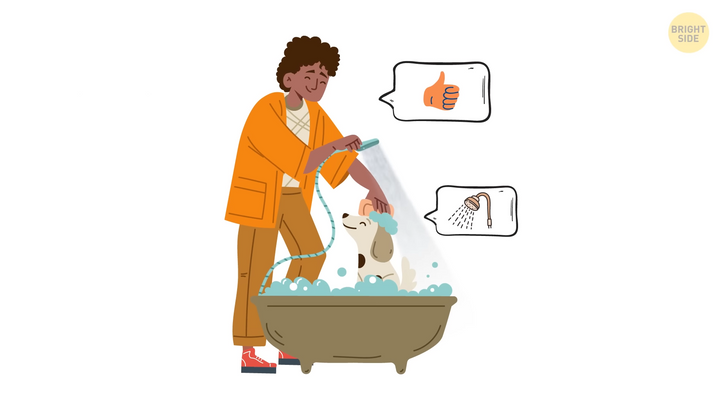
Artificial intelligence will help us understand what our dogs are telling us by recording them on our phones. It’s important that the app sees the dog’s body language, too — including the pooch’s ears, tail, eyes, mouth, and so on. The app will then send this information to the cloud. The AI technology will decode this data by studying thousands of hours of animal footage and picking up the right expressions and sounds.
This will allow vets to better understand their dog patients and prevent any harm that can follow. It will also help train dogs not to be too unfriendly to delivery people or pedestrians walking by in the park. The future of commuting lies in the air. No longer will we have to wait at a red light, counting the seconds till it turns green so that we make it on time to work. What if we use flying taxis as a means of human transportation? Now we’re talking!
Electric air taxis are becoming a thing for transporting people. Amazon is experimenting with air deliveries, and they’re proving to be a success. Flying machines have sensors that can notice hazards like birds, wires, and large objects. It’s up to countries to adopt this new form of transportation. Even though air deliveries are available, authorities still need to figure out how to organize them, create rules, and set up safety measures.
As for air taxis operated by people, we have to consider who is eligible to “drive” them or what kind of models can be produced. But we might see the sky filled with air taxis already in our lifetime! The future of fast food is about to change pretty soon. There are already digital cashiers where you can order food using a touch screen and pay there without interacting with a human. Still want fries with that?
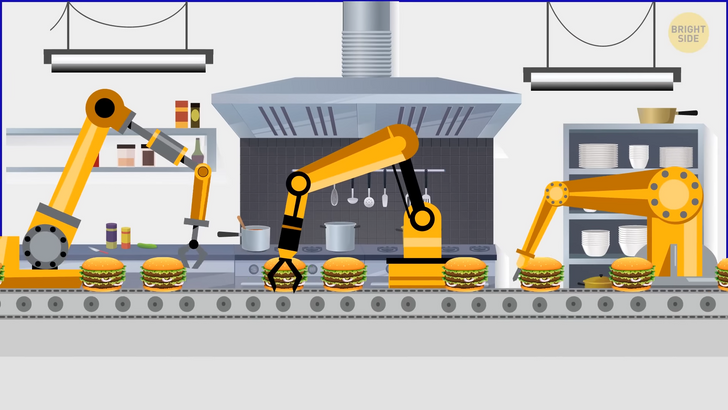
Japan has pizza vending machines where you can buy freshly baked pizzas. Companies are creating robots that can prepare a burger and fries menu. They’re quick and accurate. They won’t add too much cheese or forget onions. All these robots need is someone to maintain them. Imagine going to a fast-food joint and not seeing a single human in front of you.
You place your order with a digital cashier after customizing it. You pay and watch robots at work. You’ll likely see mechanical arms lifting the deep fryer and preparing a burger in front of you. Don’t expect to see a humanoid chef preparing your meal. Robots are designed to perform specific tasks — that’s why mechanical arms are more than enough. And if the future is flying delivery robots, there won’t be any hassle of someone getting stuck in traffic while bringing you your meal.
Booking a ticket across the world is easy, but what if you could go to space for fun? Many major space travel companies like SpaceX and Virgin Galactic are looking for ways to turn space into a new tourist hub. It may go as far up as the International Space Station or just to the border between the atmosphere and what is considered space. There’s also the idea of a space elevator that could send people to the International Space Station. It’d be a tall structure based on Earth and reaching space, with an elevator moving passengers up and down. This would make space travel very accessible for anyone and cheaper than launching a rocket into space.
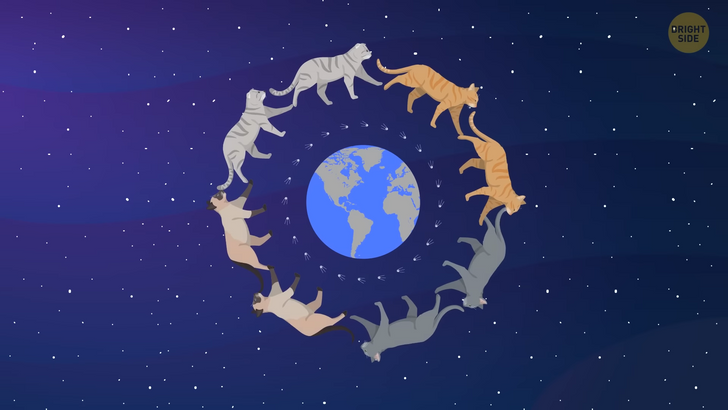
There might be a future where the Internet will be available everywhere around the world, no matter where you are. It’s crazy, but only half of the world’s population is online. Companies like Google see the Internet as a human right and are trying to use helium balloons to “beam” it to remote places.
Other companies are trying a different approach — like sending microsatellites into space — each the size of a cat. This will be a game-changer for everyone to have access to the Internet, which essentially means free knowledge for all. Imagine good old bricks being able to store energy to power your house! This project is still in its very early stages. But scientists in America are developing something called “smart bricks” that could be the future of construction.
Each wall can store so much energy that it’ll last for many hours. A special coating known as PEDOT will harness electrodes, ultimately converting the bricks into powerful batteries. The red pigment in the bricks is made of iron oxide, which also helps them store energy. This will make a smart home even smarter!











